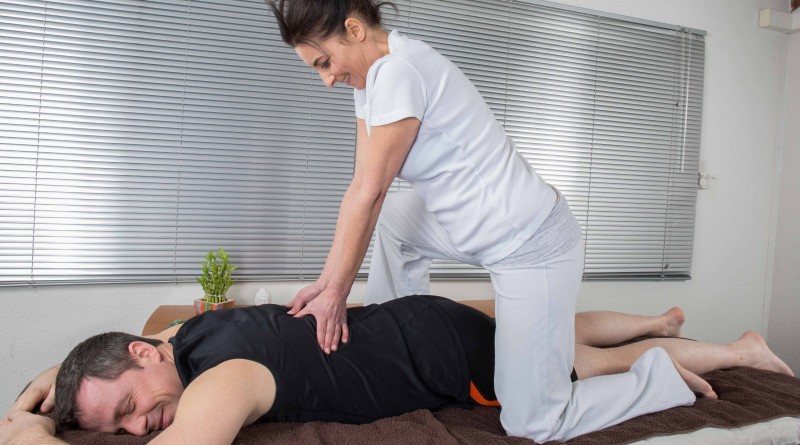Shiatsu. Have you ever heard of this therapy?
Of Japanese origin, Shiatsu is a massage that aims to restore the health of mind and body through touch.
The shiatsu is one of several alternative therapies that exist. Practiced for thousands of years in Eastern culture, this technique consists of applying pressure on the vital points of the body, the meridians, through fingers, especially thumbs, and palms. As stated by the traditional Chinese and Japanese medicine, meridians are invisible lines in our bodies, where our energy flows.
The roots of the shiatsu originated in anma, an ancient form of massage used to treat health problems, it used in ancient Japan and it would have been adapted from the Chinese. It consisted in massaging certain parts of the body, applying pressure with finger, later it came to be the shiatsu. The Japanese Tokujiro Namikoshi is considered the father of the therapy, which is officially recognized by the Japanese Government since the 20th century.
The introduction of shiatsu in Europe and Western countries happened mainly due to the large number of Japanese who emigrated there after the end of World War II.
According to the techniques of shiatsu, when we press the points of our body where energy flows, we unlock this energy circulation and place it back in motion. It has several benefits, such as reducing existing pains or even preventing infections like the flu or pneumonia. The pressure points of shiatsu are the same as those identified in acupuncture, the only difference is that shiatsu stimulates the points only with fingers or hands, without needles.
It is proposed, through pressure on the meridians, to unblock energy flows, rebalance the circulation of the organism and stimulate certain functions of our body, thus improving our immune and circulatory system and promoting physical and emotional well-being.
Among the various health conditions that this form of therapy treats are emotional and psychological issues such as depression, anxiety or stress, physical issues such as back pain, cramps, constipation and digestive problems such as heartburns and gastritis.







